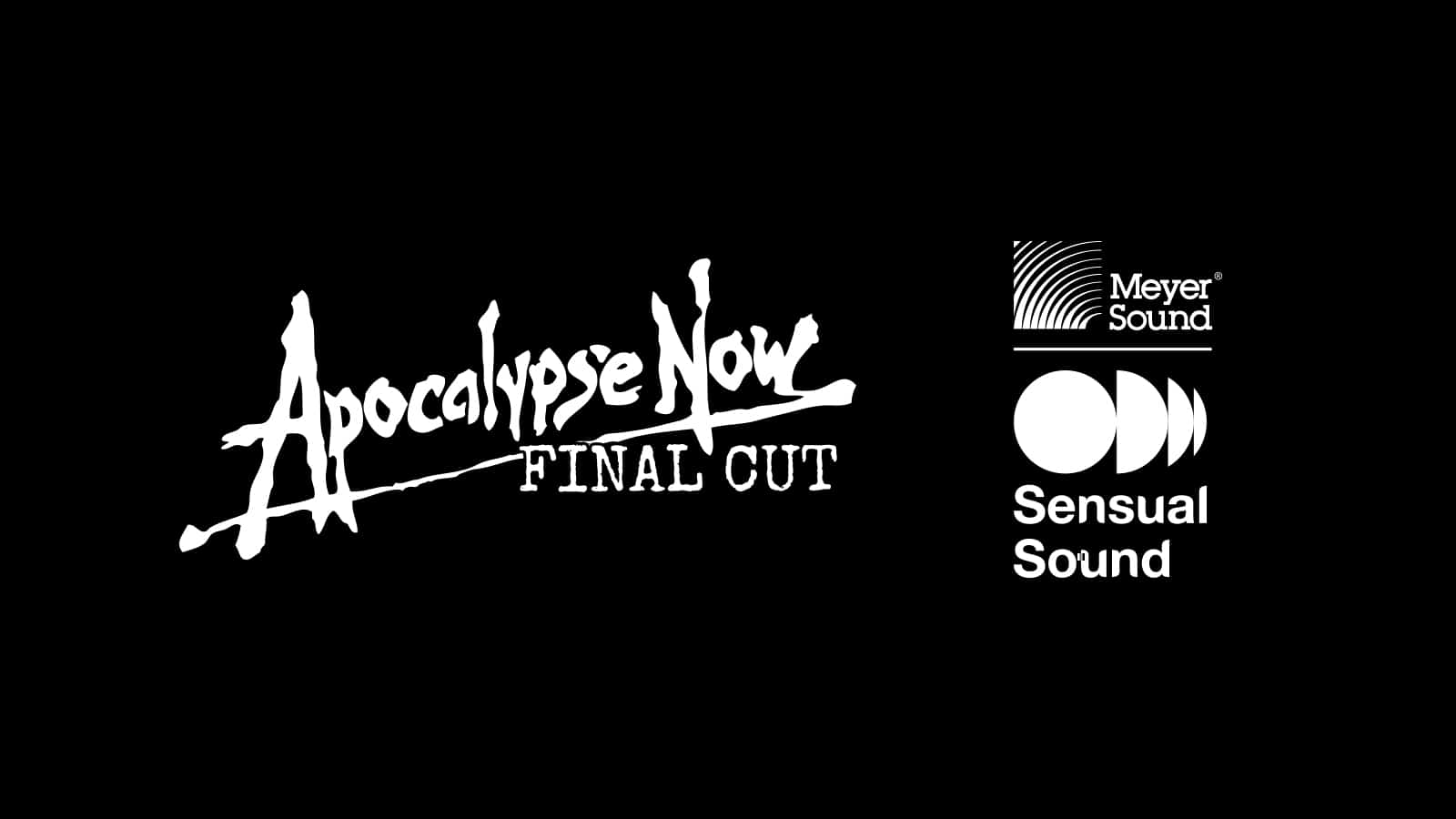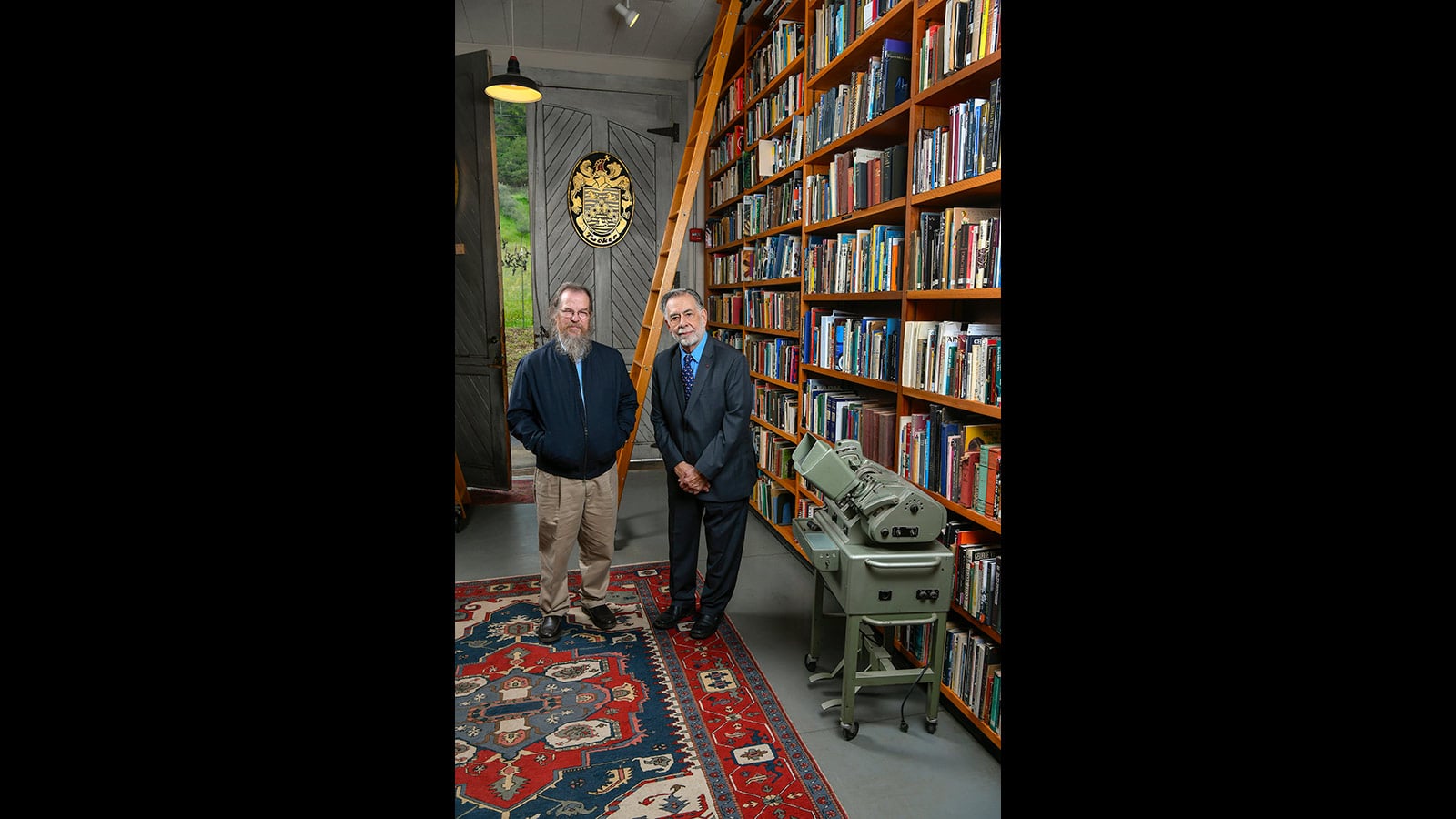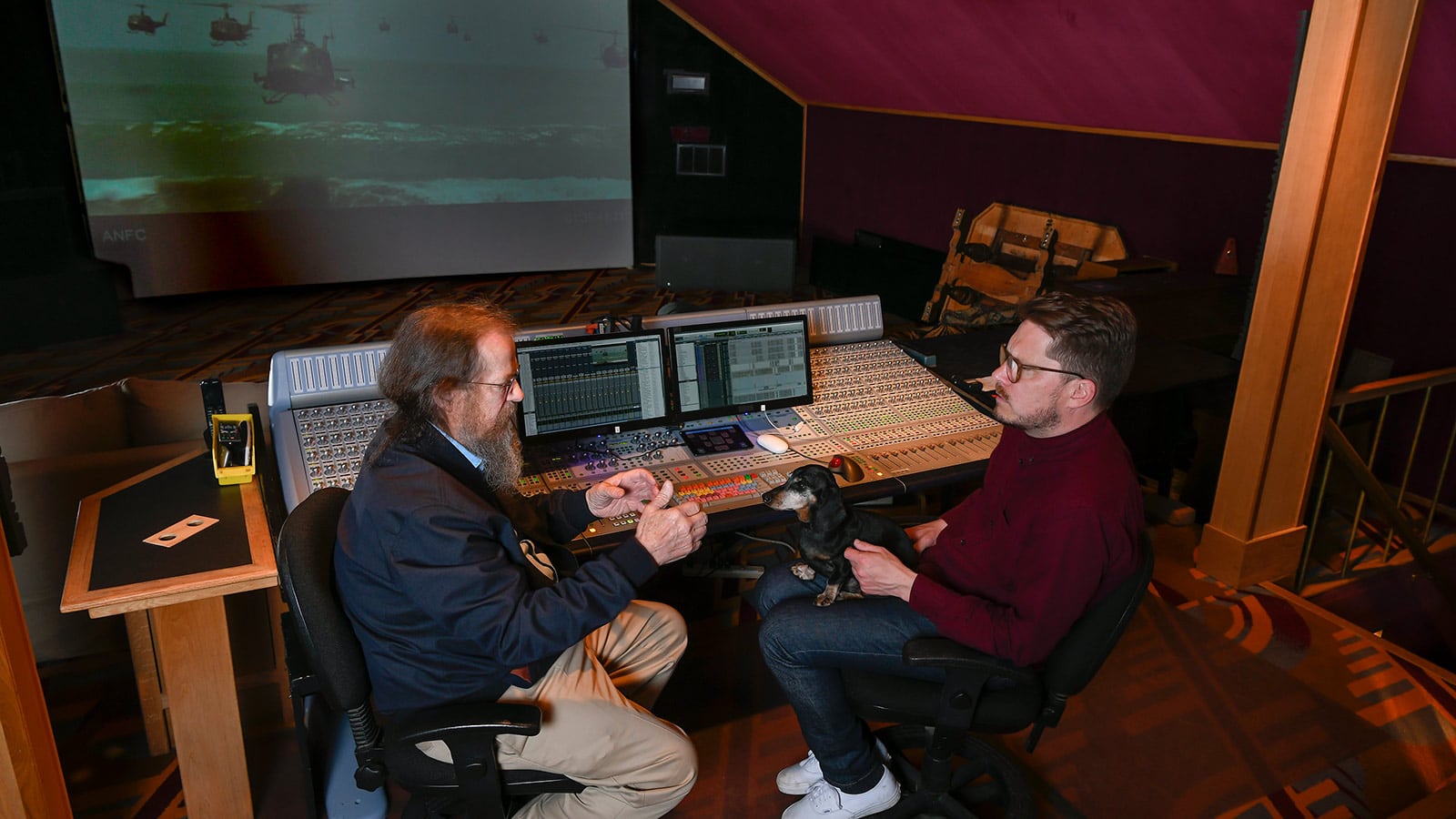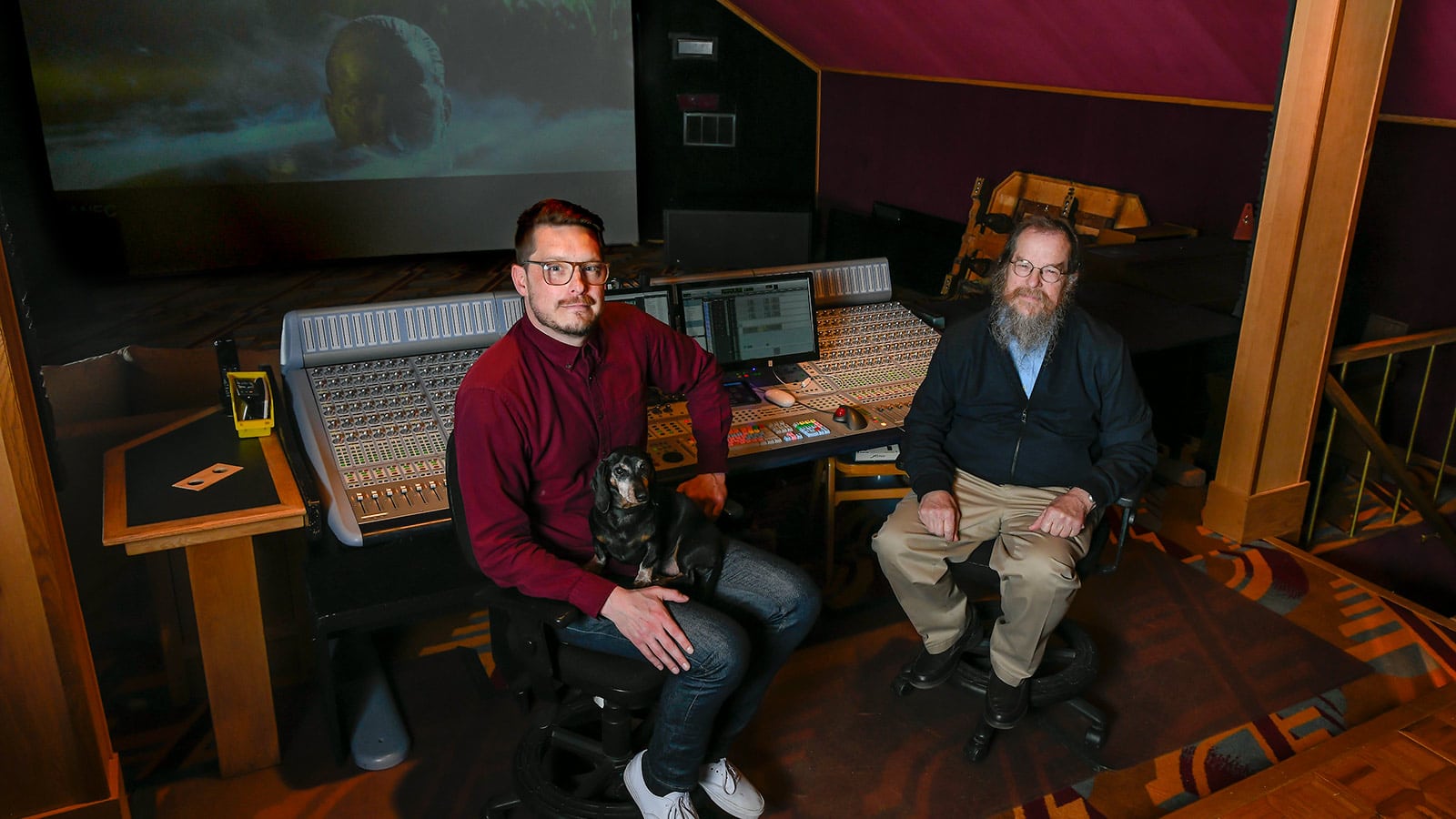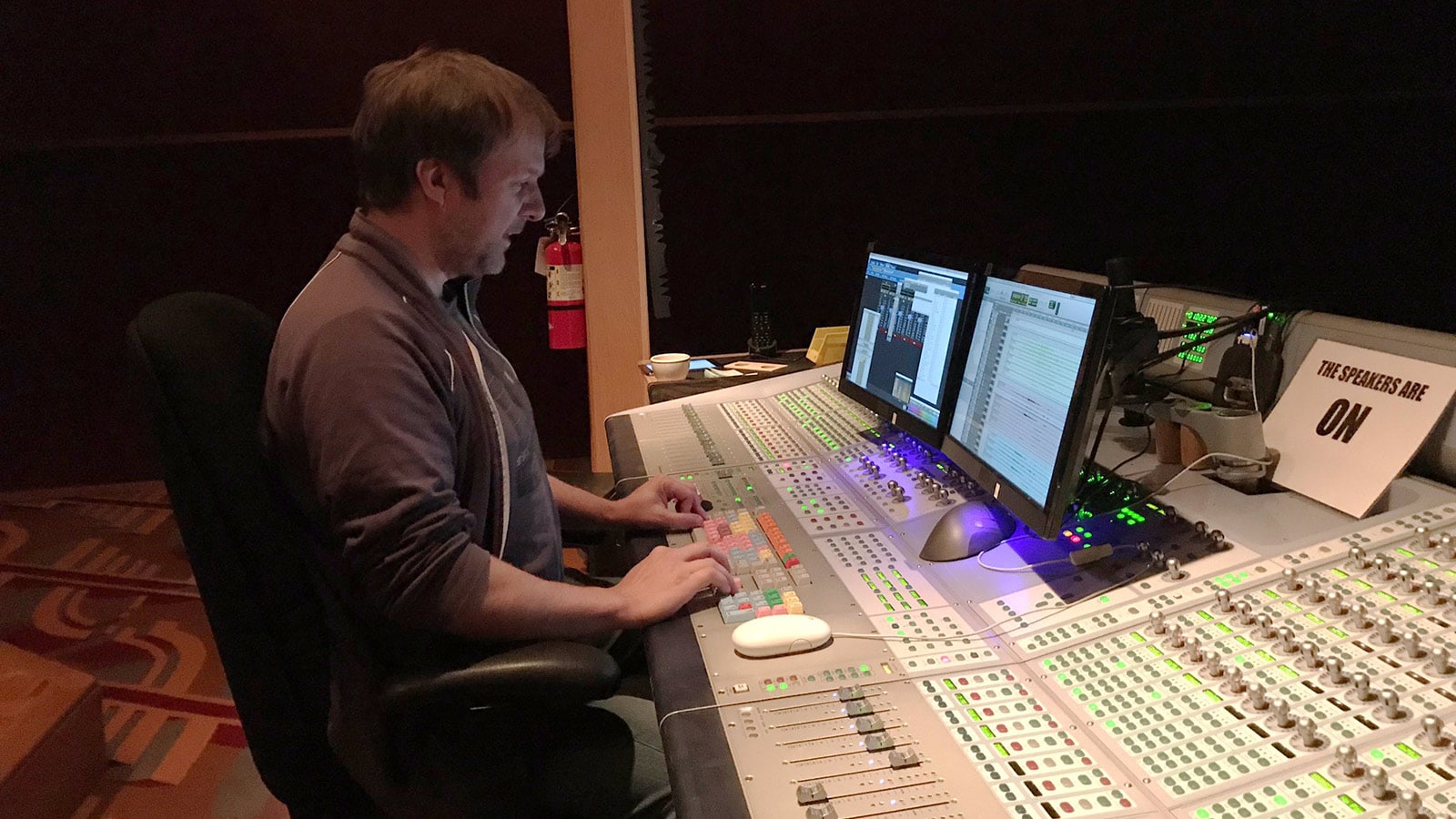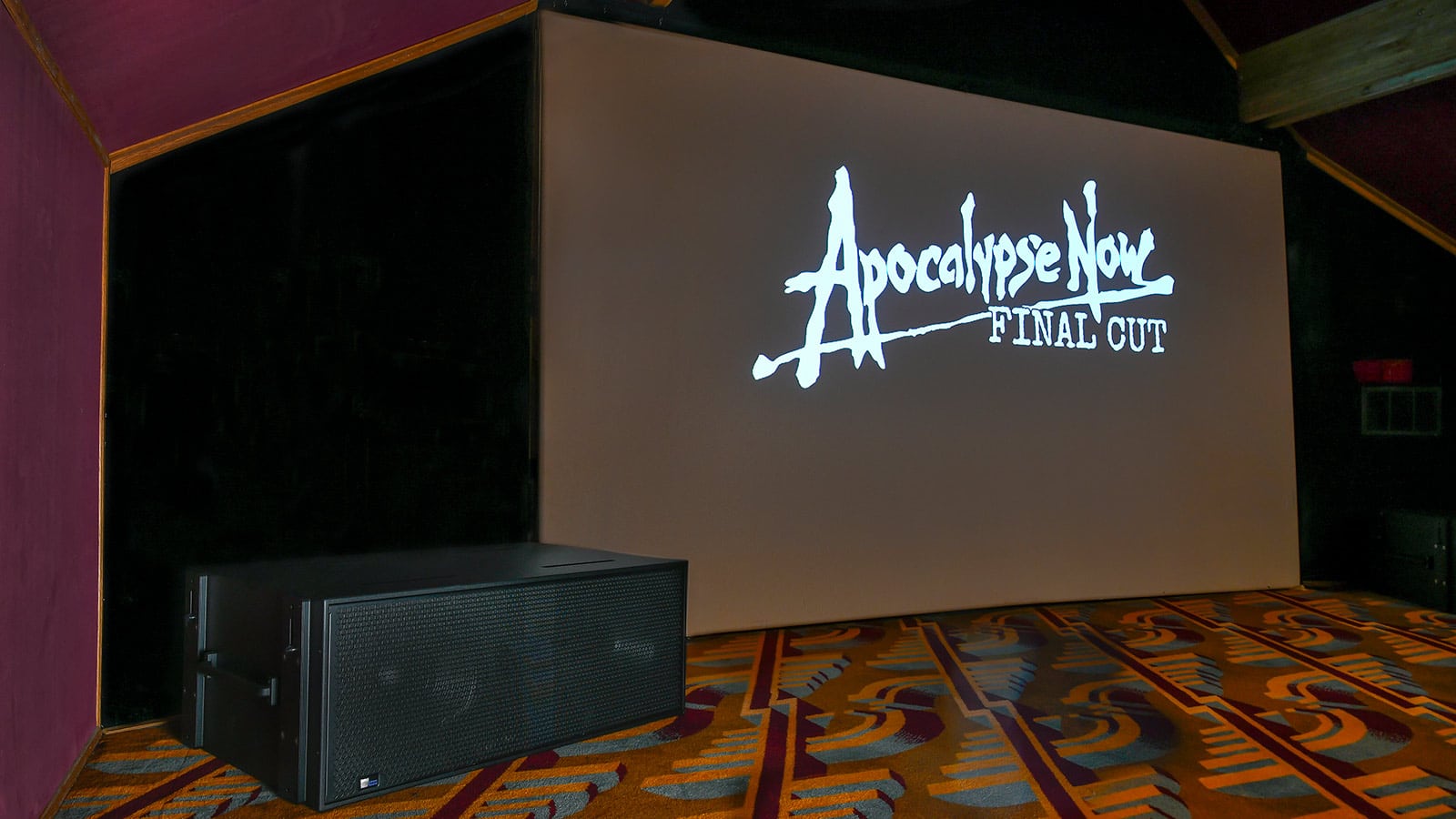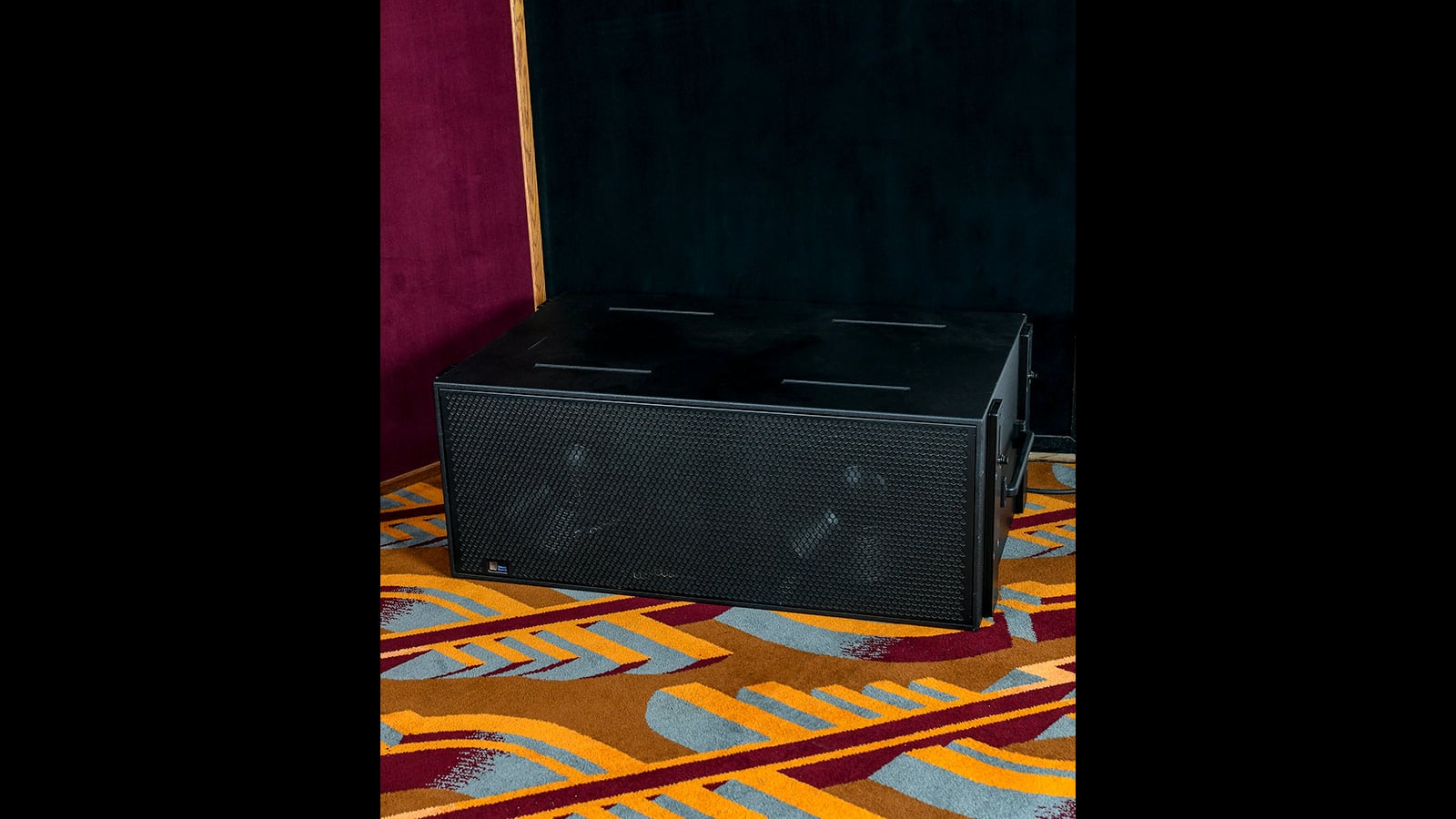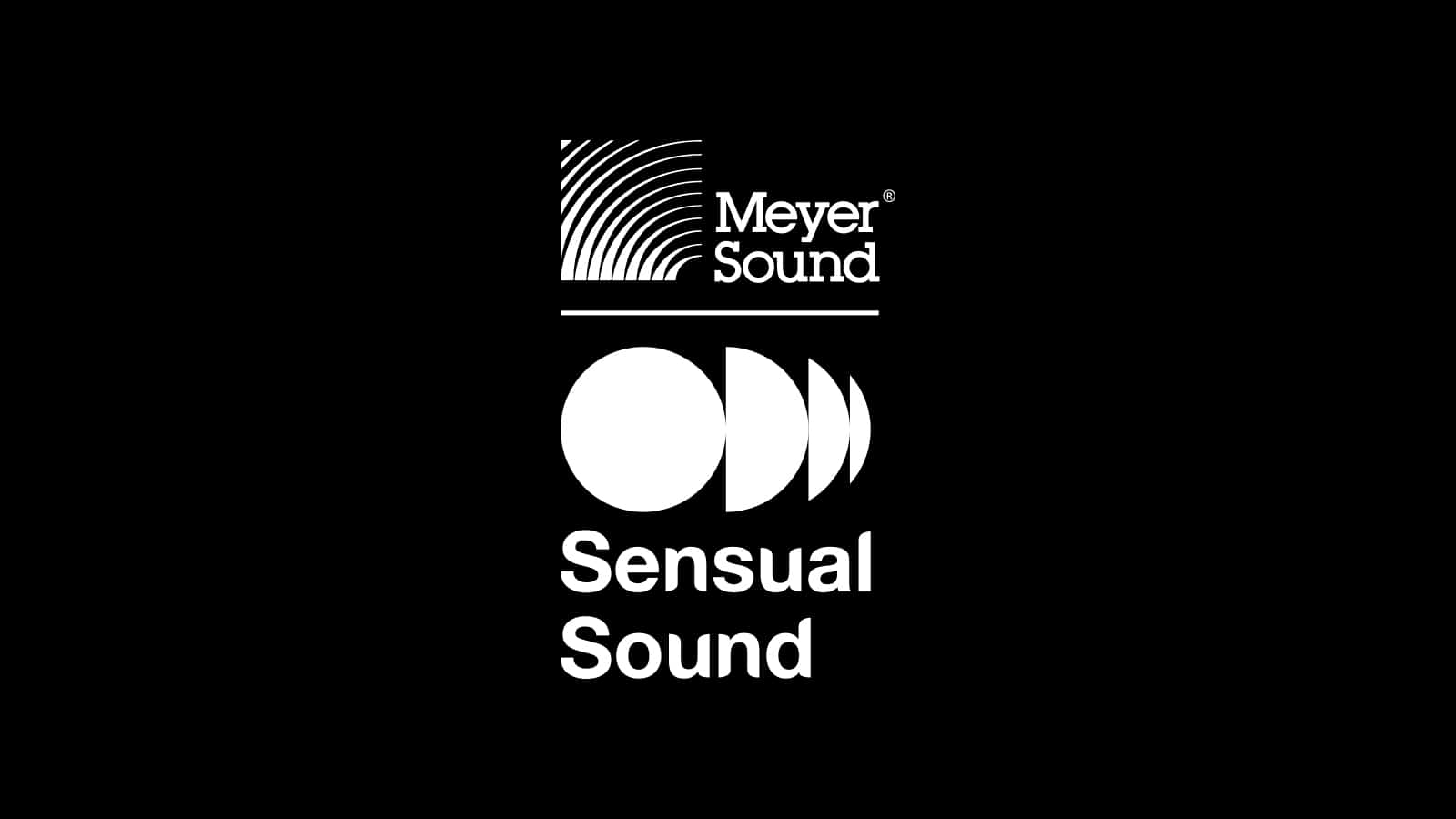There were no films at the time with that kind of infrasonic, ultra-low frequency impact. You had to get those frequencies on the soundtrack first, and then you had to reproduce them with loudspeakers. None of that was happening in 1979. But what we have in this new version with Sensual Sound is deeper and more powerful because the technology has vastly improved.”
John MeyerMeyer Sound President and CEO
Forty years after its original 1979 release, filmmaker Francis Ford Coppola’s celebrated masterpiece of the Vietnam War era has been restored, remastered and re-released as Apocalypse Now Final Cut. For the first time, Coppola’s original intent for creating a visceral, deep low frequency impact has been fully realized with the introduction of Sensual Sound™, developed by American Zoetrope in partnership with Meyer Sound Laboratories, Inc. of Berkeley, California. Under Coppola’s personal supervision, a team from his American Zoetrope production company remastered the film’s visuals in 4K Ultra HD with Dolby Vision from the original negatives, and also transferred the soundtrack to high-resolution 96 kHz digital for remixing and remastering in Dolby Atmos.
The film’s original release garnered universal acclaim for its imaginative and evocative soundtrack, with the team headed by film sound innovator Walter Murch receiving the Academy Award for Best Sound Design. However, despite their groundbreaking efforts, the technical limitations of the day thwarted attempts to effectively emulate the powerful, corporeal force inherent in the sounds of modern warfare.
“There were no films at the time with that kind of infrasonic, ultra-low frequency impact,” says Meyer Sound president and CEO John Meyer, who had founded his company only months before the film’s first release. “You had to get those frequencies on the soundtrack first, and then you had to reproduce them with loudspeakers. None of that was happening in 1979. But what we have in this new version with Sensual Sound is deeper and more powerful because the technology has vastly improved. This really is a breakthrough.”
Sensual Sound is implemented in both the post-production of the soundtrack and in the film’s exhibition using Meyer Sound’s VLFC very low frequency control element. Unlike conventional subwoofers that roll off at the threshold of hearing (about 20Hz), the VLFC bridges across this threshold to deliver infrasonic response down to 13 Hz. All very low frequency sounds are bolstered by a corporeal sensation of physical force.
“When you sense those extreme low frequency sounds, immediately hormones are secreted into your bloodstream that tell you ‘get the hell out of here fast’ or ‘freeze and play dead,’” explains Coppola. “When you see the B-52 strikes in this new version, you feel them and then you hear them. It’s the difference between just hearing something and being inside a room that’s shaking. You get scared when the room is shaking.”
Sensual Sound heightens the filmgoer’s perceptions at key points, Coppola continues. “Also, during the helicopter attack, the entire Wagner Valkyrie section, at various points in this sequence the new sound capability that John has given us is used to great effect.”
Sensual Sound will make its public debut when Apocalypse Now Final Cut premieres on April 28 at the Tribeca Film Festival, presented by AT&T. The complete Meyer Sound loudspeaker system installed at New York’s Beacon Theatre will be augmented with 12 VLFC elements in addition to the six 1100-LFC elements that cover the lowest octaves of the audible range.
Enhancing the realism of cinema sound has been a lifelong passion for John Meyer, and his relationship with Coppola’s production company extends back to 1979 when a member of the American Zoetrope sound team asked Meyer Sound to leverage the best technology of the time in an attempt to achieve Coppola’s desired visceral impact. The result was the 650 subwoofer, one of the company’s first products, used for limited Bay Area showings of the film.
“Those first 650 subwoofers for Apocalypse Now helped put our new company on the map and elevated our reputation in the industry,” notes Helen Meyer, the company’s co-founder and executive vice president. “And it’s exciting that, 40 years later, our new technology has again enhanced the film, and that Francis is so enthusiastic about it. The fact that our technology has evolved to this point is a hallmark of what we do. We are never satisfied with one level of product performance. We continually work to make it even better.”
Shortly after the remastering project was launched, Meyer Sound was again brought on board, and John Meyer started rethinking the possibilities in light of new technologies.
“I had been watching the film with the original soundtrack, which only went down to 30 Hz, and I really felt it needed to go deeper,” he recalls. “If you ever are around guns, even at a shooting range with only handguns, the sound hits your body with a powerful feeling. We weren’t getting that. Francis agreed to come over to our theater in Berkeley to hear our new technology, and we demonstrated how this effect would add a new dimension to his film. He agreed this was the path to take, and that’s how we got started on the partnership for this re-release.”
Much of the initial work on sound editing and infrasonic enhancement was carried out at Coppola’s own private post-production facility in the Napa Valley, where the studios are fully equipped with Meyer Sound cinema systems. For this project, the mixing suite was further equipped with two VLFC elements. The final Atmos mix was finished at Dolby Studios in San Francisco by Skywalker Sound Re-recording Engineer Pete Horner. Here again, low frequencies were extended into the infrasonic realm with a VLFC pair.
For the Beacon Theatre premiere, the full Meyer Sound system will comprise — in addition to the low frequency elements already mentioned — front LCR screen systems of 10 each LEOPARD line array loudspeakers and surround systems with UPA-1P, UPJ-1P and M1D loudspeakers.

